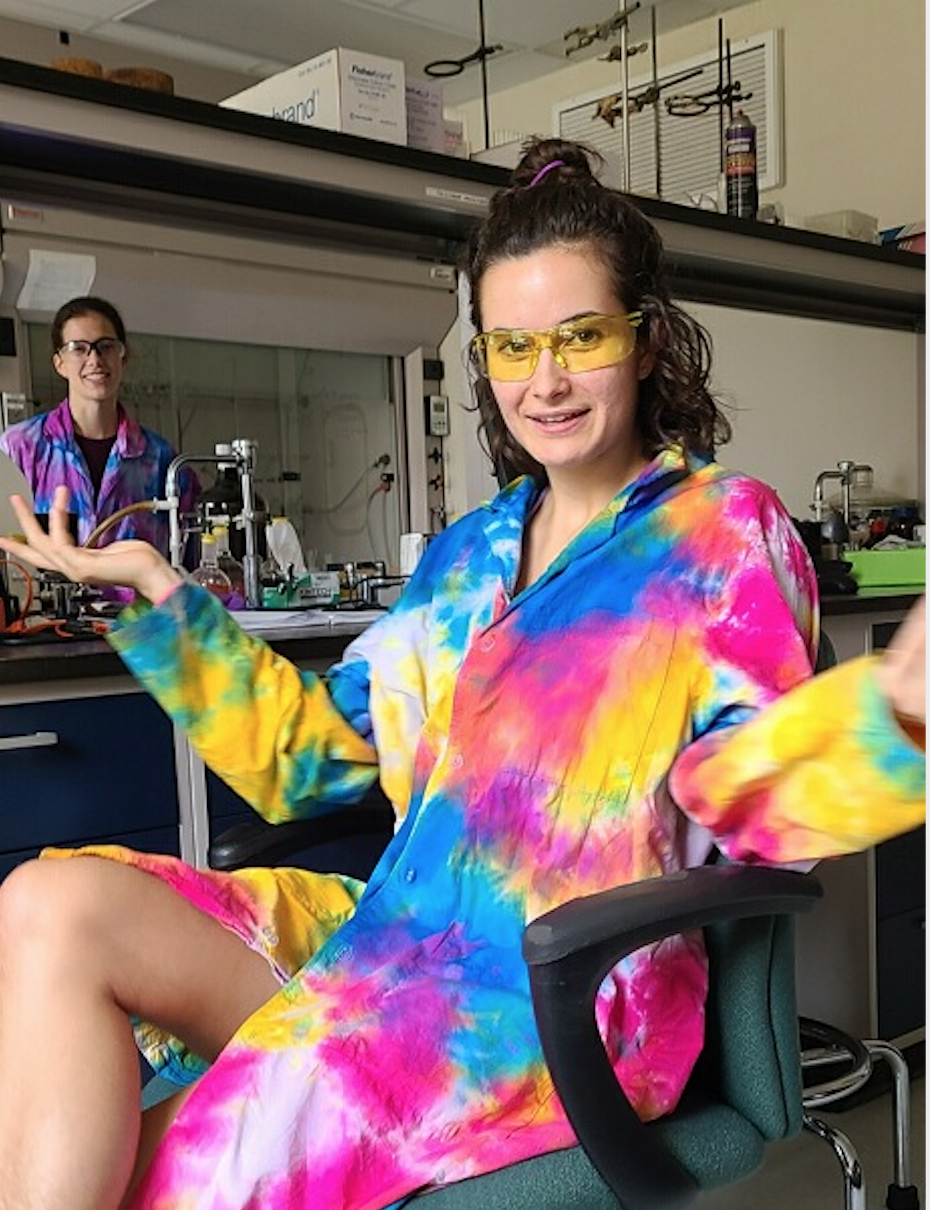Abstract:
Compared to inorganic complexes, organic molecules are not well known for their colorful or fluorescent properties; but a relatively recent branch of organic chemistry is devoted to exploring organic luminogens. Most highly conjugated organic molecules absorb and reemit visible light when in solution. Many of these molecules are also flat and favored to stack on top of each other when aggregated. Unfortunately, this π stacking causes quenching of their fluorescence usually by dissipating their energy to surrounding molecules as vibrations, rather than dispelling it as light. Most applications of fluorescent organic molecules necessitate that they be in aggregate form, either as solids (for use in electronics) or in concentrated aqueous solution (for biocompatibility). Consequently, scientists are interested in organic molecules that undergo aggregation induced emission. These molecules are also often highly conjugated and have bulky, twisted structures such that they are not flat. At low concentrations, they can rotate freely and this free rotation of bulky units dissipates absorbed radiation as vibrational energy; but at high concentrations, they become constrained and their twisted bulk prevents stacking in aggregated form. Under these conditions fluorescence is enhanced when the molecules aggregate! Therefore, when aggregation induced emitters (AIEs) are excited, they are forced to release it as light because their rotational motion is restricted by nearby molecules. My summer’s research has been working towards synthesizing phenazine derivatives of tetraphenylethylene, a type of AIE. Building off previous boronate ester work in the Northrop Lab, we are interested in phenazines for their increased conjugation and high potential for modularity. The ability to design the phenazine’s functional groups will allow us to fine tune the molecules’ chemical and physical properties. Eventually the optical properties of the phenazines will be tested, but this summer I have been primarily working to synthesize and isolate the phenazines. This will contribute to the field of organic materials by offering a synthesis pathway to a novel type of AIE with the ability to customize its functional groups and therefore properties.
GradyPoster2021finalfinalLive Poster Session:
Thursday, July 29th 1:15-2:30pm EDT
Like and Subscribe
BHN>MAC>>CAS


